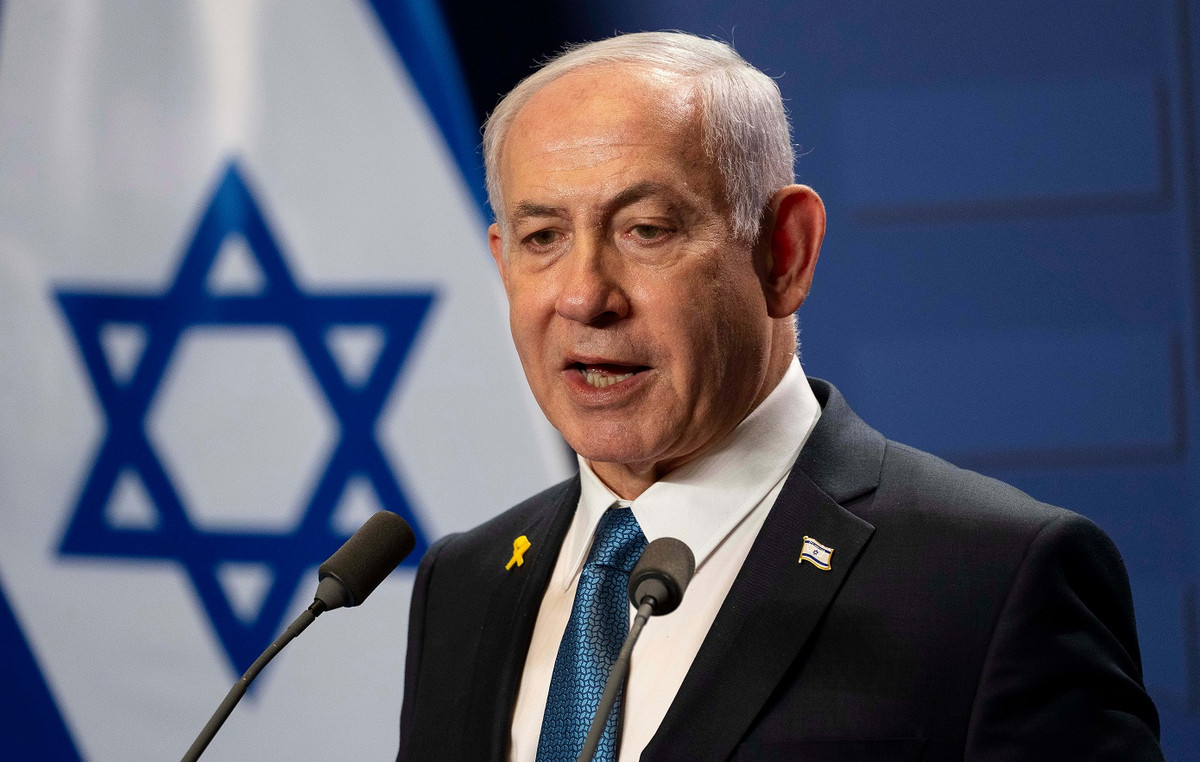- Indian rupee marginally listed up on the opening against the US dollar.
- The USD index firmly trades close to the maximum of three weeks before the US CPI data for June.
- Soft inflation data from India for June increases hopes of more cuts in the RBI repurchase rate.
The Indian rupee (INR) rises in the opening against the US dollar (USD) on Tuesday. The USD/INR pair of about 86.00 despite the fact that the US dollar (USD) demonstrates strength before consumer price index (CPI) of the United States (USA) for June, which will be published at 12:30 GMT.
At the time of writing, the American dollar index (DXY), which tracks the value of the dollar against six main currencies, firmly quotes near the maximum of three weeks around 98.00.
Investors will closely follow the CPI data, since they will demonstrate the impact of sector tariffs on inflation. Until now, the US president, Donald Trump, has imposed 25% tariffs on imports of automotive cars and components, and 50% of steel and aluminum. He has also announced an additional 50% tariff to the import of copper, which will enter into force on August 1.
According to the CPI, the US general inflation is expected to have grown a 2.7% year -on -year, faster than 2.4% in May. In the same period, the underlying IPC – which excludes volatile food and energy prices – increased at a faster rate of 3%, compared to the previous publication of 2.8%. Monthly, it is estimated that both the general and underlying CPI have risen 0.3%, faster than the previous reading of 0.1%.
Signals of acceleration price pressures would discourage federal reserve officials (FED) to argue in favor of reducing interest rates in the short term. This would contrast with the ambitions of President Trump, who has criticized the Fed, especially President Jerome Powell, for not reducing interest rates.
On Monday, President Trump criticized Fed Powell again for maintaining a restrictive monetary policy position, stating that interest rates should be reduced to 1% or less. “We have a bad president of the Fed, really bad,” Trump said in the White House and added: “We should be at 1%. We should be below 1%,” said Fox Business.
What moves the market today: Indian rupee rises despite the slowdown of inflationary pressures
- Indian rupee benefits from the soft data of the Consumer Price Index (CPI) for June, which has generated hopes of greater relief in monetary policy by the Indian Reserve Bank (RBI) this year.
- The Ministry of Statistics and Implementation of Programs of India reported on Monday that general inflation moderately grew by 2.1%, compared to estimates of 2.5% and 2.82% registered in May. This was the lowest figure seen in more than six years.
- According to the IPC report, a strong decrease in food inflation due to the generalized monsoon contributed significantly to cooling price pressures. Meanwhile, wholesale pricing index inflation (WPI), which indicates the change in pricing pressure at the producer level, fell into a negative territory. This also increased the confidence that price pressures are cooling, racing the way for more cuts in interest rates on the part of the RBI this year.
- At the June meeting, the RBI anticipated cuts in interest rates by reducing the repurchase rate surprisingly by 50 basic points (PBS) to 5.5% and reducing the cash reserve rate (CRR) by 100 PBS to 3%.
- Meanwhile, uncertainty about the commercial agreement between the US and India is expected to keep the Indian rupee at a disadvantage. A Bloomberg report published during the weekend indicated that Washington will not send the letter to India, specifying the reciprocal tariff rates, which has sent 22 nations, remarkably Japan, Canada, Mexico, South Korea and the European Union (EU), which increased the confidence of investors in which both nations could sign a commercial pact before the deadline of August 1.
- During the day, investors will focus on the government’s trade deficit data for June. In May, a commercial deficit of 21.88 billion dollars was observed.
Technical analysis: USD/INR is maintained above the 20 -day EMA
The USD/INR falls slightly to about 86.00 in Tuesday’s opening session. The torque struggles to extend its rise above the new three -week maximum of 86.16 registered on Monday. However, the short -term trend of the torque remains bullish since it remains above the 20 -day exponential (EMA) mobile average, which quotes around 85.93.
The 14-day relative force (RSI) index oscillates within the range of 40.00-60.00, suggesting that the asset lacks impulse in any direction.
Looking down, the minimum of May 27, 85.10 will act as a key support for the main torque. On the positive side, the minimum of June 24 at 86.42 will be a critical obstacle to the pair.
Indian Rupia – Frequently Questions
Indian rupee (INR) is one of the most sensitive currencies to external factors. The price of crude oil (the country depends largely on imported oil), the value of the US dollar (most of the trade is carried out in US dollars) and the level of foreign investment are all influential factors. The direct intervention of the Bank of the Reserve of India (RBI) in the currency markets to keep the exchange rate stable, as well as the level of the interest rates set by the RBI, are other important factors that influence the rupee.
The Bank of the Reserve of India (RBI) actively intervenes in the currency markets to maintain a stable exchange rate and help facilitate trade. In addition, the RBI tries to maintain the inflation rate in its 4% target adjusting interest rates. Higher interest rates often strengthen rupee. This is due to the role of the “Carry Trade”, in which investors borrow in countries with lower interest rates to place their money in countries that offer relatively higher interest rates and benefit from difference.
Macroeconomic factors that influence the value of rupee include inflation, interest rates, economic growth rate (GDP), trade balance and foreign investment tickets. A higher growth rate can lead to greater investment abroad, increasing the demand for rupee. A less negative trade balance will eventually lead to a stronger rupee. The highest interest rates, especially real types (less inflation interest rates) are also positive for rupee. A risk environment can generate higher direct and indirect foreign investment entries (FI and FII), which also benefit the rupee.
Higher inflation, particularly if it is comparatively higher than other countries, is generally negative for the currency, since it reflects a devaluation through excess supply. Inflation also increases the cost of exports, which leads to more rupees to buy foreign imports, which is negative for Indian rupee. At the same time, higher inflation usually leads to the Bank of the Reserve of India (RBI) to raise interest rates and this can be positive for rupee, due to the increase in demand for international investors. The opposite effect applies to lower inflation.
Source: Fx Street
I am Joshua Winder, a senior-level journalist and editor at World Stock Market. I specialize in covering news related to the stock market and economic trends. With more than 8 years of experience in this field, I have become an expert in financial reporting.







